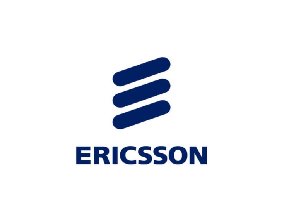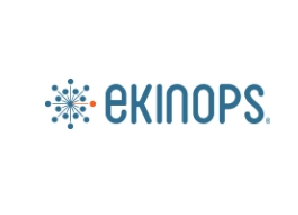Buoyed by AI, Cisco sees 'lots' of telcos planning edge rollouts
Founded in 1984, Cisco was perhaps the biggest beneficiary of the networking boom that occurred at the turn of the millennium. Its share price spiked at $77 in March 2000, up from just $27 a year earlier, before tumbling to less than $16 a year later after the bubble burst and demand evaporated. There's a dagger shape in the historical chart, revealing that Cisco has never quite scaled those heights again. But at more than $62, its share price is up nearly 38% in the last six months and enjoying its best run in years.
It's all thanks, of course, to the latest boom, this one all to do with artificial intelligence (AI). And so while the first was about connecting people, the second is about hooking up AI to ensure the machines can talk to one another. More precisely, it's about linking the clusters of graphical processing units (GPUs) in data centers via the Ethernet technology that Cisco develops.
At least, it will be. Cisco's networking business – still its biggest unit, generating nearly half its total sales – brought in less than $6.9 billion for the three-month period ending in January (Cisco's second fiscal quarter), down 3% compared with the same part of the year before. And for its first half, networking sales dropped 14% year-over-year, to about $13.6 billion. For a long time Cisco was complaining about an "inventory correction" as networking customers digested stock they had already bought.
That all prompted layoffs, with CEO Chuck Robbins announcing a 7% cut as recently as August, when Cisco had about 90,400 employees on its books, up from 84,900 a year before. The slight increase was down to Cisco's $28 billion takeover of Splunk, a security specialist, in March last year, which would have swelled Cisco's headcount by around 8,000, according to a filing with the US Securities and Exchange Commission that Splunk filed in March 2023. Jobs within Cisco, then, were already being cut, and a headcount reduction of 7% would translate into about 6,300 redundancies, based on the latest Cisco figures.
Emerging opportunity
But when it comes to sales performance, the quarterly rate of improvement suggests the worst is now behind Cisco. Total second-quarter revenues grew 9% year-over-year, to just less than $14 billion, boosted by the Splunk acquisition. Thanks to that deal, Cisco's security revenues more than doubled for the first half, to about $4.1 billion. But net income fell 8%, to roughly $2.4 billion, due partly to higher costs for research and development, as well as sales and marketing expenses.
The company line is that Ethernet connectivity sales to AI data centers is an "emerging opportunity," in the words of Robbins. AI investments "will lead to our networking equipment being combined with Nvidia GPUs, and that's how we'll accomplish that in the future," he told analysts on a call to discuss second-quarter results, according to a Motley Fool transcript.
There will, however, be competition. Nokia is targeting the same opportunity and last month said it would spend an additional €100 million (US$104 million) on its Internet Protocol unit annually with the goal of generating another €1 billion ($1.04 billion) in data center revenues by 2028. Arista is another rival in this market. Then there is Nvidia, whose $7 billion acquisition of Mellanox in 2019 gave it effective control of InfiniBand, an alternative to Ethernet that had represented the main option for connecting GPU clusters when analysts at Rosenblatt published research on the topic in August 2023.
Rosenblatt's expectation, nevertheless, was that Ethernet with its array of competitors would become the preferred choice in future. Nscale, a UK-headquartered data center company, is one business that has an unfavorable view of Nvidia's role in Infiniband. "That's the only place you can get InfiniBand from and so it's not really an open standard anymore," said David Power, Nscale's chief technology officer, at a press briefing in December. Nscale has instead turned to Ethernet technology provided by Nokia.
Intriguing to anyone who follows the telecom sector were statements by Cisco's executives about telco interest in AI, too. "We see some of the European operators are looking at delivering AI as a service," said Robbins. "We see a lot of them planning for AI edge applications that are sitting at the edge of their networks that they're managing for customers."
If there is concern among investors it stems partly from the fears about a trade war as Donald Trump jacks up tariffs. But Cisco made reassuring noises on its call, telling analysts it had "built in" the cost of the proposed tariffs it has seen so far. "I will tell you we've got a supply chain team that over the last several years has built a lot of muscle around the tariff that we had in China and how do we work our way around that," said Richard Scott Herren, Cisco's chief financial officer. "And from the time that was first imposed to where we are now, our mitigation activities have reduced our exposure there by about 80%."
Cisco raised its guidance and now expects revenues for the full year of between $56 billion and $56.5 billion, up from its earlier range of $55.3 billion to $56.3 billion. In after-hours trading on February 12, after results were published, the stock was up 6.6%, to about $66.7. More of this and it will start to look like the millennium celebrations all over again.





